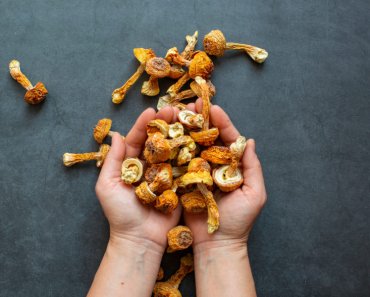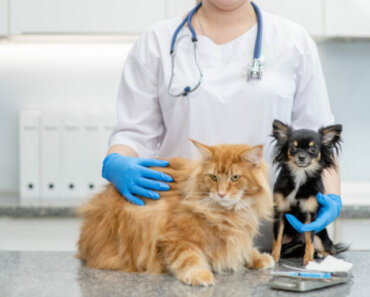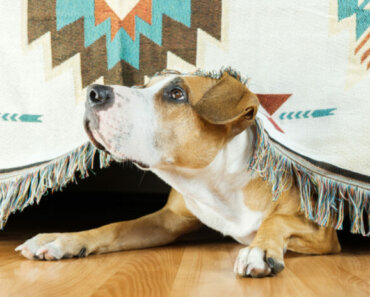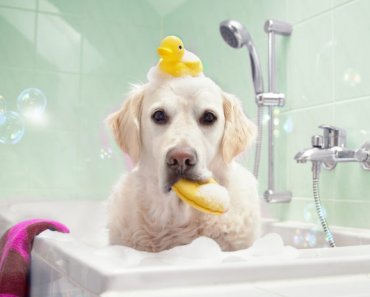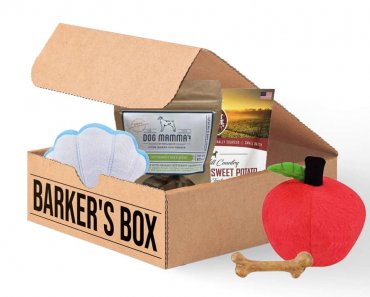Chews are an effective way to clean your dog’s teeth, and your dog will love the idea of “bonus food” between meals.
Personally, I do not give my dogs most commercial dental chews for a few reasons…
But that does not mean that they’re necessarily bad for your dog, or that you should not give them.
Here are my reasons for not giving any commercial dental chews.
Table of Contents
Dental Chews Are Too Expensive To Feed Often
Dental chews like Whimzees, bully sticks, and Virbac CET chews average $1-4 each.
Not a fortune, but if you feed them every day, that’s $30-$120 per month on chews alone.
Many of them have suggestions on the bag to feed daily or at least several times per week to effectively prevent tartar buildup.
While I definitely believe in spending extra money for your dog’s health, and I also believe these products are appropriately priced, I do not find them cost-effective compared to other methods of keeping teeth clean.
If my dogs would eat them, I’d probably buy them once in a while as an occasional snack, though.
My Dogs Don’t LOVE Most Dental Chews
I’ve tried a few chews: Himalayan yak cheese chews, SmartBones, Whimzees, and Bully sticks.
All of them were met with weird looks at first, a few reluctant licks, maybe a few minutes of unenthused chewing, and then buried under a blanket or abandoned between couch cushions.
They’re just not meaty enough to be tempting, at least to my dogs.
Some of these products are actually vegetarian, made of potato starch or wheat. Yawn.
I expected bullysticks, made of dehydrated bull penises, to be meaty enough to get their attention.
I mean, most bully sticks are quite pungent so to a dog, what’s not to love?
I don’t know why my dogs are anti-chew, but maybe your dog will like them.
I’m Not Sure How Well Dental Chews Clean Teeth
Most dental chews have had some trials to show that they can clean teeth and control oral bacteria.
Chews that have been approved by the Veterinary Oral Health Council such as CET chews are proven to work. I would consider feeding CET chews because they contain enzymes that help break down bacteria.
But when you watch your dog go at a dental chew, you can see what teeth she uses to chew, and that’s where the majority of the plaque-scrubbing action is occurring.
On the rare occasions my dogs have had dental chews, they held the chew between their front paws and gnawed with their back molars.
They do not use their canine teeth (fangs), and that’s one of the biggest trouble spots my dogs have, with visible yellow tartar building up.
For Matilda, the incisors (the tiny front teeth, or as I call them, Chiclets,) are problematic. Food gets stuck there, and it’s impossible for me to remove it with a toothbrush despite my best efforts.
When she’s eating a duck neck, she often uses a corn-on-the-cob action using her front teeth and bits of food are dislodged from them.
Most dental chews do not seem to help clean the incisors, either, as they’re hard and must be gnawed with the molars.
Dental Chews Might Not Fit Your Dog’s Diet
A dental chew has to be large enough for your dog to have to sit and hold it between her paws to chew it. If it’s too small, she’ll try to gulp it down whole, and might choke.
But this size requirement means that the chew is going to contain plenty of extra calories that might not fit into your dog’s diet.
What’s more, the chews made of vegetable starch add carbohydrates to your dog’s diet, which they may already be getting in excess from a dry kibble diet.
Bully sticks are the exception in this case. They’re made of, well, meat, so they would be a good addition to a dry kibble diet, or any diet for that matter.
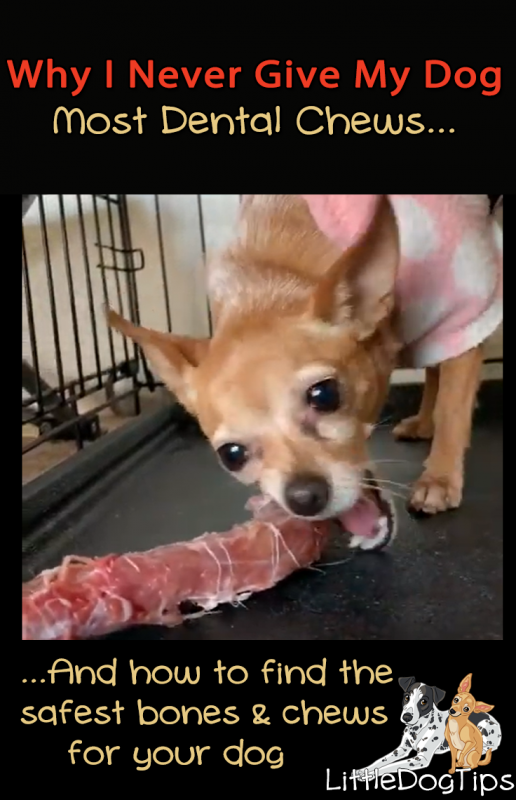
Some Dental Chews Are Actually Awful
The brand names I’ve mentioned are the ones that I would feed if I had to choose, but there are hundreds of dental chews on the market.
The pet food market is horribly regulated. Products can kill hundreds and hundreds of dogs before ever being taken off the shelves… if they’re ever recalled at all.
Smoked bones are probably the most dangerous.
Raw bones are soft enough for your dog to digest with their acidic stomach acid, yet some dogs have trouble with those. Smoked or cooked bones, though, become brittle and splintery when exposed to heat.
The exception is dehydrated chicken feet or duck feet. Those are mainly made up of cartilage and tendons, and what little bone they contain seems to just break down into a powder. So, they’re not as dangerous as most cooked bone products.
Many other products, like rawhides, twists, and other chews, are made overseas, where they may be contaminated with highly toxic pesticides that cause acute kidney failure.
Most of the time, dogs get lucky and do not get ill from the occasional “bad bone.” But eaten daily, or just with bad luck, they can end up at the emergency vet… or dead. Why chance it?
Why I Choose Raw Meaty Bones Over Dental Chews
I don’t need to find a good dental chew because I have plenty in my freezer.
About twice weekly, I give my dogs a raw meaty bone for breakfast.
For Cow, they’re usually duck heads, duck necks, or duck feet.
Matilda gets portions of quail that I’ve quartered, chicken necks, or she might get one of Cow’s duck necks, which I’ll allow her to work on for ten minutes before taking it away to save it for another chewing session.
They have to use all of their teeth to eat bones.
In fact, every single tooth in your dog’s mouth has a purpose. The tiny incisors are for pulling muscle and tendons away from the bone, the large canines tear down large pieces, and the molars grind down the bone to make it easier to digest.
But… you should know that raw bones do not work for every dog.
Like any other bone, they should be fed with supervision and will need to be taken away if your dog tries to swallow large chunks.
Raw bones need to be large enough that your dog has to chew off pieces to eat it, rather than swallow it whole. They can take the place of a meal, or fed over multiple sessions.
You Do Not Have To Choose Between Raw Bones And Dental Chews
I get my dog’s raw meaty bones from Top Quality Dog Food, a local supplier that sources meat and bones from farms.
Sometimes I get them from ethnic grocery stores, too, but I generally would rather get them from pet suppliers because they’re meant to be consumed raw.
If you can’t get raw bones, or you find them too germy for your liking, there are other ways you can keep your dog’s teeth clean.
An affordable, effective alternative to dental chews are raw carrot sticks. You can cut them to the perfect size for your dog.

Raw carrots can be difficult to digest, so your dog may throw up if you give too much, too soon, but usually they just end up as orange chunks, relatively unchanged in your dog’s poop.
Carrots contain beta-carotene, which your dog’s body converts to vitamin A, and it’s also an antioxidant that prevents cancer. Check out this small study in which Scottish Terriers were given yellow-orange and leafy green veggies, and were less likely to develop bladder cancer as a result.
There’s even a Rutgers University study that showed that raw bones were just as effective as dental chews at reducing oral bacteria in dogs.
The Takeaway
If you’re going to give your dog dental chews, make sure to research the product first.
Find out where it’s made AND sourced. Find out if it’s been tested to show it actually works.
And give in moderation.
I don’t like to use scare tactics on my blog. You can make choices for your dog and they’ll almost probably be fine.
That said, most smoked, rawhide, or low quality chew bones are scary.
The good chew bones just leave the three of us unimpressed, but they’re definitely not scary.
Chews are not the only way to care for your dog’s teeth – but they’re in important part of an at-home dental care routine.


